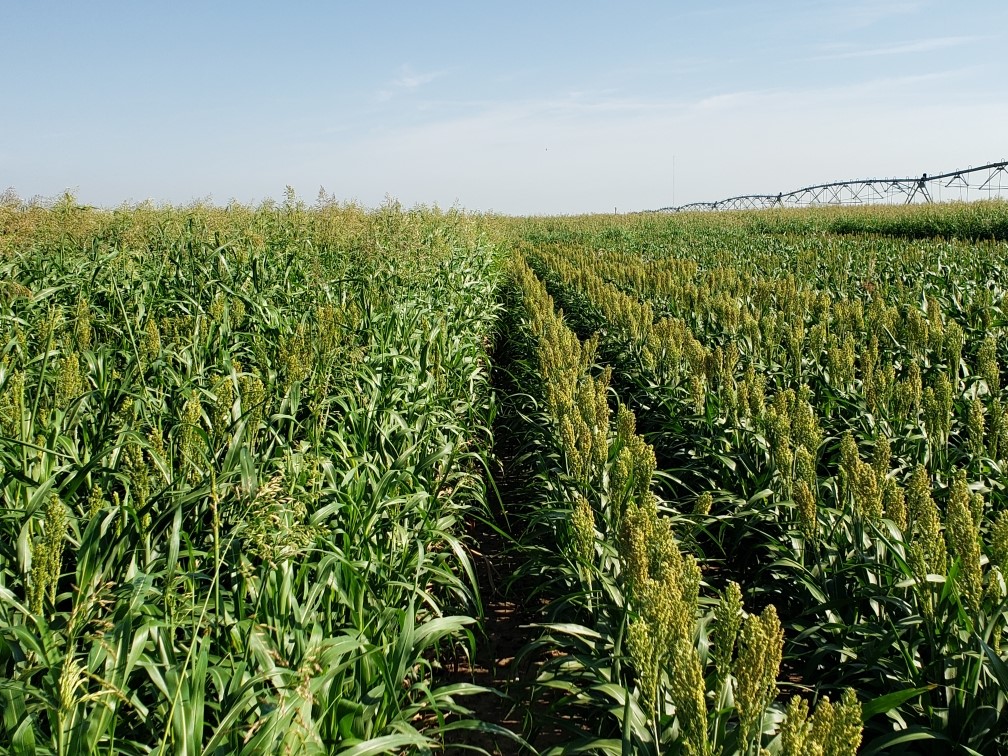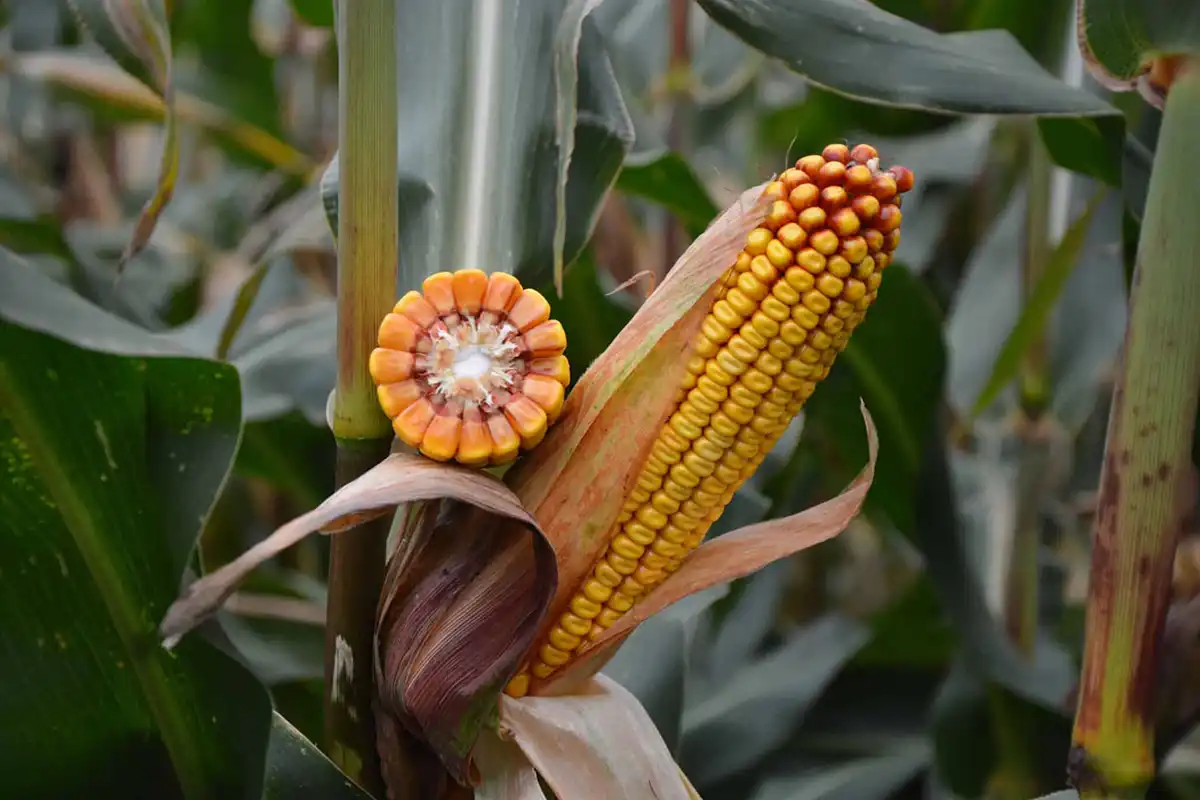Seed technology company, S&W Seeds’ Sorghum Partners brand delivers solutions to the growing challenges U.S. sorghum producers face.
In October 2018, S&W Seeds acquired the Sorghum Partners brand through the purchase of Chromatin, Inc., a sorghum genetics company.
Today, S&W utilizes state-of-the-art breeding technology in a molecular lab, located in Lubbock, TX, with dedicated sorghum breeders in the U.S. and in Australia, working with genetics that are moving the sorghum industry forward.
“We breed for all of the U.S. sorghum markets,” says Scott Staggenborg, Sorghum Product Marketing Director for the Americas. “And what makes us unique and able to quickly move hybrids forward is our molecular lab that prioritizes our two important crops, sorghum and alfalfa. We aren’t competing for time in the lab; we don’t ever have to wait to have markers run because everything we do in our Lubbock lab is sorghum and alfalfa focused.”
This dedicated facility and program focus have allowed the S&W team to deliver on their goal of bringing to market solutions for each of the three U.S. sorghum markets: grain, forage and silage.
“For the grain market, our customer’s needs are yield plus technology, and that’s what we are bringing with Double Team™ herbicide tolerance technology to the market as well as sugarcane aphid tolerance and stay-green, stiff-stalk technologies,” Staggenborg says. “You can produce 250 bushels an acre, but you have to be able to harvest those bushels. Our goal is to bring high, harvestable yields to customers, and we are doing that through the traits and technology.”
For the silage and forage growers S&W serves, the end goal is also yield with the added goal of quality. To accomplish these goals, S&W continues to develop brown midrib (BMR) hybrids and is incorporating traits that improve stem quality, standability, sugar levels and dry matter production while reducing prussic acid levels.
“We have several developments in the pipeline that will benefit both forage and silage growers,” says Staggenborg.
“We are currently offering hybrids with a brachytic dwarf trait that improves the leaf to stem ratio, which increases the palatability and quality of silage. We will be bringing hybrids to both the silage and forage markets that offer sugarcane aphid tolerance, Double Team™ herbicide tolerance and a dhurrin free trait,” he says.
While all the traits will provide greater value to the growers who utilize them, Staggenborg says the dhurrin free trait will be a game-changer for the forage market because of the added grazing time the trait provides.
“The risk of dhurrin converting to prussic acid, post-freeze, motivates most livestock producers to pull animals from those areas for several weeks until the prussic acid has subsided in the plant,” says Staggenborg, “Dhurrin-free hybrids eliminate the need to remove livestock after a freeze, saving producers both time and grazing days.”
Other cornerstones of the S&W breeding programs for these markets are stability and resilience within the environments the hybrids will be grown in.
“Harvestable yield isn’t just important in grain sorghum, it is the most important yield,” Staggenborg says of the brands focus on creating hybrids with stiff-stalk and stay-green traits that reduce end-of-season lodging issues that can affect harvestable yields.
To ensure hybrid performance, field testing is never shortened in the development of a hybrid.
“We brought 43M80 to market in about five years, we fast tracked the focus of that hybrid,” says Staggenborg. “But what can’t be sped-up, or rather what shouldn’t ever be sped-up, is the field testing in the environment that hybrid is intended to be grown in.”
With the strides forward S&W is making in delivering the genetics their customers need, Staggenborg says that he is hopeful for sorghum’s future and the potential market opportunities that are within reach.
“I think that sorghum, with this technology, is going to gain prominence as a feed grain, especially as water becomes more limiting to crop production,” Staggenborg says. “When you are about to grow crops on more marginal acres, these technologies are important for grower success, that’s a big win for the sorghum industry.”











